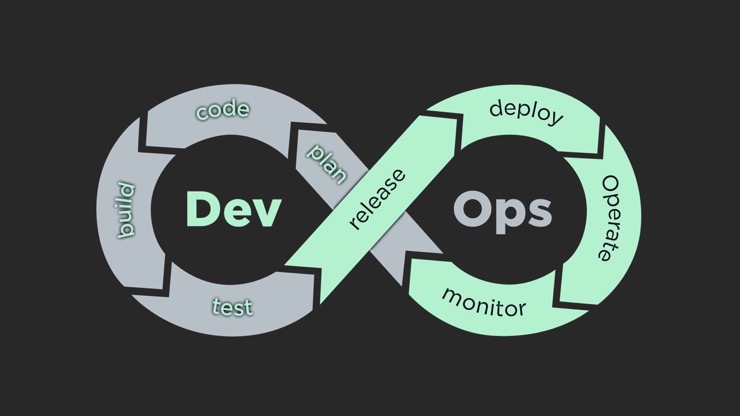Microsoft Azure News • 29 February 2020
Where is my Microsoft Cloud Data Stored?
Where is my Microsoft Cloud Data Stored?
Anthony Roberts, Infrastructure Manager, Fabric
Data Center Infrastructure
Data stored in Microsoft’s Cloud infrastructure support thousands of services, including Office 365 and Microsoft Azure. The data is stored in more than 100 highly secure data centres around the world.
Data centres are designed to bring services as close to the end-user as possible while still offering comprehensive compliance and resiliency for customers. The Microsoft Cloud platform is available in 52 regions worldwide and is available in 140 countries.
A region is a set of data centres interconnected by high speed and resilient network. This network includes content distribution, load balancing, redundancy and encryption by default. These regions are segmented by location, which helps with any compliance needs. These geographic locations are fault-tolerant and can withstand an entire region failure.
Read more here: What is the cloud?
Data Center Physical Security
Microsoft designs and builds data centres using a rigorous set of security controls to control physical access to areas where customer data is stored. They have an entire team dedicated to maintaining this security using a layered approach which includes Access Request and Approval, perimeter security, building entrance, Inside the building and on the data centre floor.
Tenant Isolation
Microsoft Cloud allows you to run applications on shared physical infrastructure, which will enable you to distribute the cost of shared resources among customers. Despite sharing the underlying infrastructure, Microsoft segregates these tenancy’s using up to date security practices allowing for complete confidentiality and integrity of the customers’ data from other tenant users.
Data Availability
The Microsoft Cloud keeps data in multiple locations with options of having site recovery to other data centres. This helps protect data highly available during temporary outages and natural disasters.
These data centres can handle short term power outages due to vast banks of UPS’s available and are all backed up by power generators.
All the data centres are monitored through advanced monitoring and the incident response team 24/7. This network is one of the largest systems in the world.



